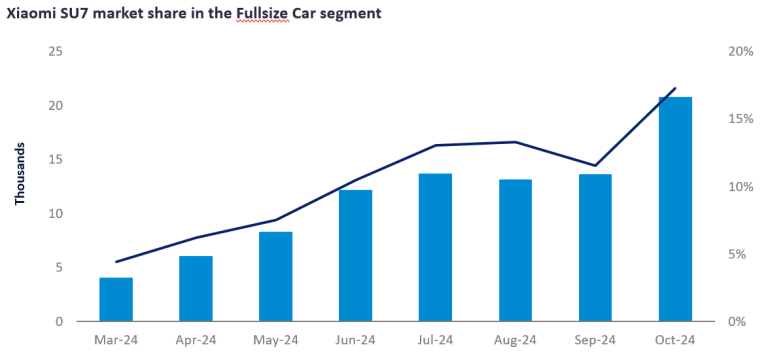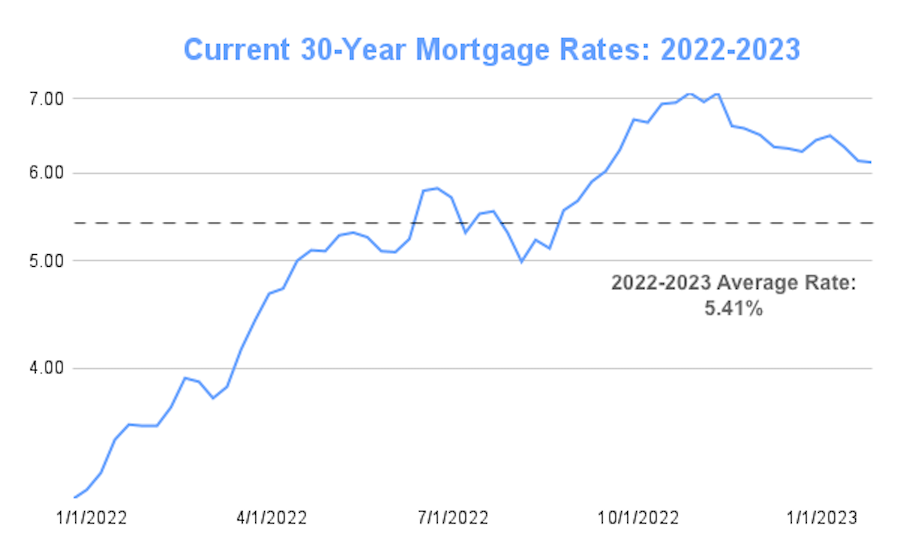Understanding The Chinese Auto Market: The Experiences Of BMW And Porsche

Table of Contents
The Chinese automotive market is the world's largest, a vibrant and complex ecosystem presenting both unparalleled opportunities and significant hurdles for international automakers. This article delves into the experiences of two prominent luxury brands, BMW and Porsche, analyzing their strategies, triumphs, and the lessons learned while navigating this demanding market. We will explore how these giants have adapted to unique Chinese consumer preferences and the ever-changing regulatory landscape.
BMW's Strategy in the Chinese Market
Localization and Production
BMW's early commitment to local production through a joint venture (JV) with Brilliance Automotive played a pivotal role in its success. This strategic move offered several key advantages:
- Reduced Costs: Manufacturing vehicles locally significantly lowered production and transportation costs, enhancing competitiveness.
- Faster Response to Market Demand: Proximity to the consumer base allowed for quicker adaptation to shifting market trends and demands.
- Strengthened Supplier Relationships: Local production fostered closer ties with Chinese suppliers, improving efficiency and responsiveness.
However, the JV model also presented challenges:
- Navigating JV Complexities: Managing a partnership with a local company requires careful negotiation and a nuanced understanding of Chinese business practices.
- Balancing Global Brand Identity with Local Preferences: Maintaining brand consistency while catering to specific local tastes required a delicate balancing act.
Targeting Diverse Consumer Segments
BMW effectively segmented the Chinese market, focusing on various vehicle types and demographics:
- Diverse Vehicle Portfolio: Offering a wide range of vehicles, including sedans, SUVs, and increasingly, electric vehicles (EVs), catered to a broad spectrum of consumer needs.
- Targeted Marketing Campaigns: BMW implemented tailored marketing strategies aimed at specific demographic groups, such as young professionals and affluent families. This involved utilizing different channels and messaging strategies.
- Successful Examples: BMW's successful campaigns often incorporated celebrity endorsements, impactful digital marketing, and events that resonated with specific target audiences.
Adapting to Changing Consumer Preferences
The Chinese automotive market is characterized by rapid shifts in consumer preferences:
- Electric Vehicle Boom: The growing demand for EVs and plug-in hybrid electric vehicles (PHEVs) prompted BMW to invest heavily in electric vehicle development and infrastructure in China.
- Digitalization and Connected Car Technologies: To attract tech-savvy Chinese consumers, BMW focused on integrating advanced digital features and connected car technologies.
- Sustainability: Growing environmental awareness in China influences consumer choices, pushing automakers to prioritize sustainable practices and offer eco-friendly vehicles.
Porsche's Approach to the Chinese Market
Maintaining Brand Exclusivity
Porsche has successfully preserved its prestigious image and brand heritage within the competitive Chinese market:
- Preserving Brand Exclusivity: Porsche maintained its focus on high-quality craftsmanship, performance, and a refined customer experience.
- Enhanced Customer Experience: Porsche invested in premium showrooms, exclusive events, and personalized customer service to reinforce its luxury positioning.
- Emphasis on Performance and Heritage: Highlighting Porsche's racing heritage and technological advancements resonated with Chinese consumers valuing performance and prestige.
Leveraging Digital Marketing and E-commerce
Porsche effectively utilized digital platforms to reach affluent Chinese consumers:
- Online Engagement: The brand invested in building a strong online presence and engaging with consumers through social media and online communities.
- Targeted Digital Campaigns: Porsche implemented sophisticated digital marketing strategies tailored to the preferences and behaviors of Chinese luxury car buyers.
- E-commerce Integration: Porsche explored integrating e-commerce solutions to enhance customer convenience and reach broader online audiences.
Electric Vehicle Strategy in China
Porsche's foray into the Chinese EV market with the Taycan has been noteworthy:
- Taycan's Reception: The Taycan's launch was met with positive responses, showcasing Porsche’s commitment to electric mobility.
- Expanding EV Portfolio: Porsche plans to significantly expand its range of electric vehicles in China to keep pace with the growing market demand.
- Addressing Infrastructure Concerns: Porsche is actively working to address range anxiety and charging infrastructure challenges to enhance EV adoption in China.
Key Differences and Shared Challenges
Competitive Landscape
Both BMW and Porsche face a fiercely competitive market:
- Intense Competition: They compete with both established international brands and rapidly growing domestic Chinese automakers.
- Differentiation Strategies: Both brands needed to employ unique strategies to stand out and maintain their market share in a crowded field.
- Government Policies: Government regulations and incentives significantly impact the automotive industry and influence brand strategies.
Regulatory Environment and Compliance
Navigating the Chinese regulatory landscape is critical:
- Complex Regulations: Meeting stringent emission standards, safety regulations, and local content requirements is paramount.
- Compliance with Government Mandates: Adhering to ever-evolving government policies is essential for long-term success.
- Local Content Requirements: Satisfying local content requirements often necessitates collaboration with local suppliers and production partnerships.
Understanding Chinese Consumer Behavior
Understanding cultural nuances is crucial:
- Cultural Nuances: Marketing and product development must consider specific cultural values and preferences of the Chinese consumer.
- Social Media Influence: Social media and influencer marketing play significant roles in shaping consumer perceptions and brand loyalty.
- Evolving Consumer Priorities: Adapting to changing consumer priorities and preferences, including sustainability and technology, is essential for success.
Conclusion
This article explored the successes and challenges faced by BMW and Porsche in the vast and dynamic Chinese auto market. Both brands have demonstrated remarkable adaptability and strategic thinking. However, thriving in this intricate environment demands continuous evolution, a deep understanding of Chinese consumer behavior, and the ability to navigate the ever-changing regulatory landscape.
Call to Action: Understanding the intricacies of the Chinese auto market is vital for any automaker aiming for success. To delve deeper into the strategies employed by leading brands like BMW and Porsche, further research into the Chinese auto market is recommended. Explore additional analyses to gain a comprehensive understanding of this rapidly evolving market and discover successful strategies for navigating the Chinese auto market.

Featured Posts
-
 Liverpool Transfers Assessing Links With Two Wingers Amidst Salah Contract Talks
May 28, 2025
Liverpool Transfers Assessing Links With Two Wingers Amidst Salah Contract Talks
May 28, 2025 -
 Mc Kenna Back In Training Cajuste Positive Ipswich Towns Injury Situation
May 28, 2025
Mc Kenna Back In Training Cajuste Positive Ipswich Towns Injury Situation
May 28, 2025 -
 Hujan Di Jawa Timur Kondisi Cuaca Terbaru Dan Prakiraan 24 Maret
May 28, 2025
Hujan Di Jawa Timur Kondisi Cuaca Terbaru Dan Prakiraan 24 Maret
May 28, 2025 -
 Find The Best Personal Loan Interest Rate Today A Step By Step Guide
May 28, 2025
Find The Best Personal Loan Interest Rate Today A Step By Step Guide
May 28, 2025 -
 Angels Eighth Inning Explosion 6 Run Rally Downs Blue Jays
May 28, 2025
Angels Eighth Inning Explosion 6 Run Rally Downs Blue Jays
May 28, 2025
